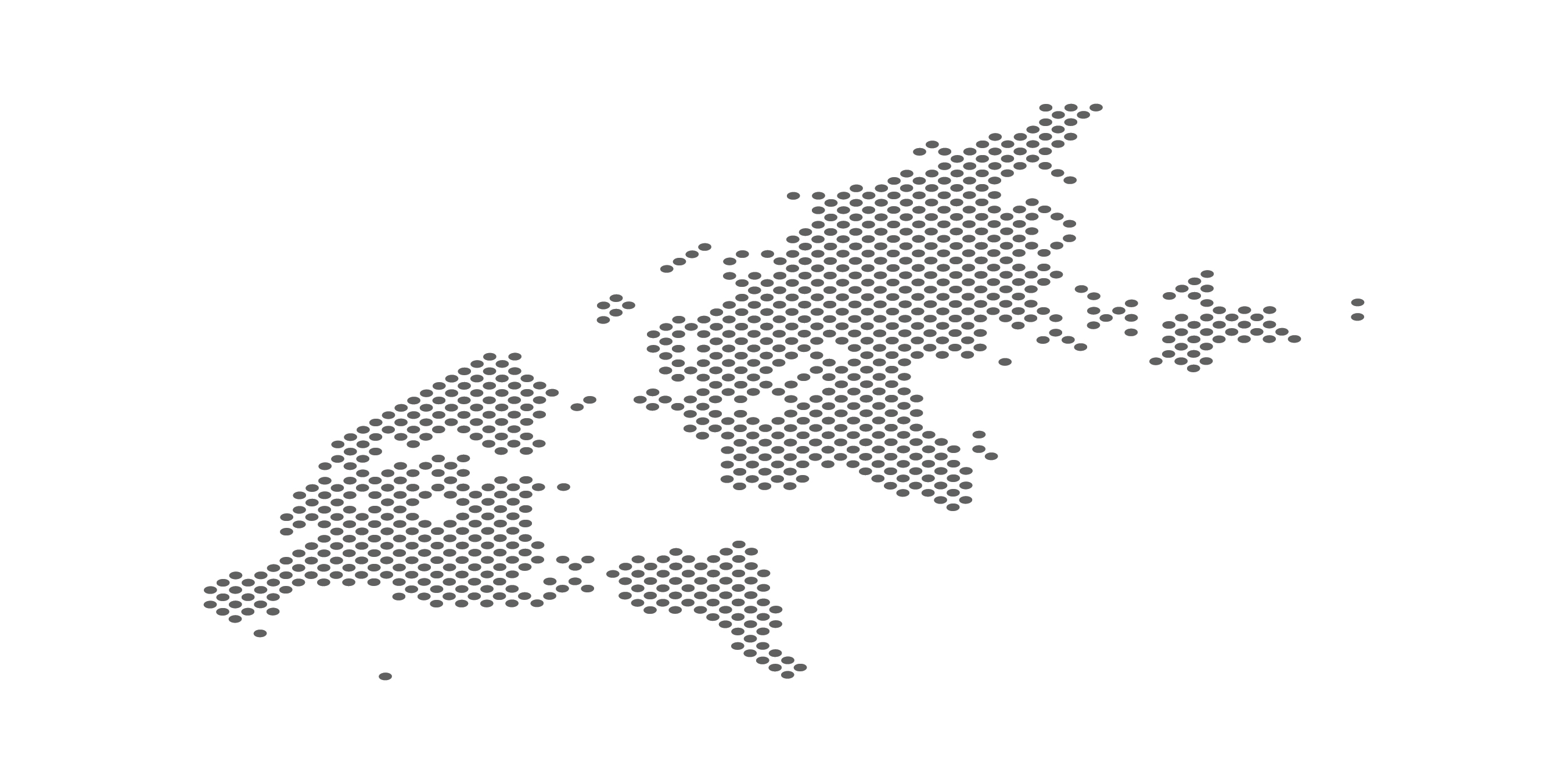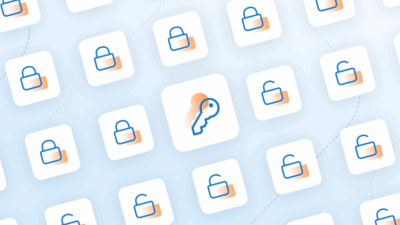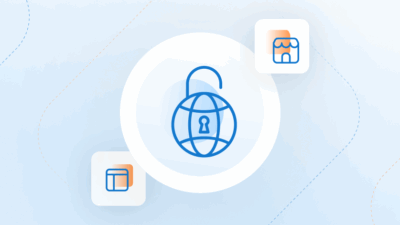You have a vision for your SaaS business, and that vision includes people all over the world downloading and using the software you and your team worked hard to create. Your SaaS company has done well here in the United States, and the time has come to take the next step toward achieving your dream. It’s time to go global.
The idea of mapping out a plan to share your product with customers in other countries is overwhelming, and you may not have a clear idea of where (or how) to start. From marketing to pricing and payment methods to adapting to another language and culture, there are a lot of factors to consider. Here are some actionable ways to elevate your business to a global stage.
Why Go Global?
Before we get into the logistics, let’s discuss why it would benefit your SaaS to go global in the first place. Sure, it’s interesting to think about your product reaching people in countries spanning the globe, but beyond that, is it worth the time and trouble? In a word, yes. In China alone, it’s estimated that e-commerce will account for nearly $1 trillion per year by 2019. Japan sees 73 million online shoppers per year, while Germany and the UK see 44 million and 32 million, respectively. While only 2% of internet users in India actually shop online, there roughly 30 million online shoppers in the nation.
All of these statistics are meant to show you that there’s a market outside of the US for a SaaS company willing to put in the effort. In fact, according to Gartner, the global SaaS market is on track to reach $38.9 billion. One of the beauties of a SaaS company is the lack of physical boundaries; your software can be used anywhere, anytime, with just a few minor modifications from country to country. As cloud services are trending up, it’s a great time to go global.
How to Go Global
Although it’s a complex process, and a process that is different for every company, it’s not impossible to scale your company to the next level. This is how you can get started in the right direction.
Keep it simple —start small
You’re more likely to find success if you start slow. Earmark only a certain segment of your content for translation, or limit the translation to a certain number of languages. To choose a language to begin with, check your analytics to see if your website gets a significant amount of visitors from other countries. This will help determine which languages you should prioritize. You can simultaneously introduce your content to a market that already speaks English, meaning that you have to do little by way of translation and localization.
Localization is key
Many SaaS companies don’t take the time to target their software (or the website and landing pages that go along with it) to people who aren’t English speakers. Not only that, they don’t invest in the research that goes along with implementing a whole new form of currency and pricing that’s appropriate for that currency. There are also tax laws affiliated with doing business in that particular country that need to be reviewed. Your customers should be able to see the prices and the features of your software as they shop so that they have a total understanding of what they’ll get when they decide to make the purchase. There’s more to taking your software into another country than simply translating the content.
Create a process to gather and analyze feedback
You probably place a lot of importance on getting feedback from your stateside consumers, so you shouldn’t treat your international customers any differently. You should offer any request for information in a variety of languages so that your customers in other nations are able to read and understand the feedback. People like to feel that their input is valued, so be sure to send a follow up thank you when you get feedback.
![[Customer Story] Why TestDome Considers FastSpring a Real Partner](https://fastspring.com/wp-content/themes/fastspring-bamboo/images/promotional/2023/FastSpring-TestDome-blog-thumbnail.jpg)








